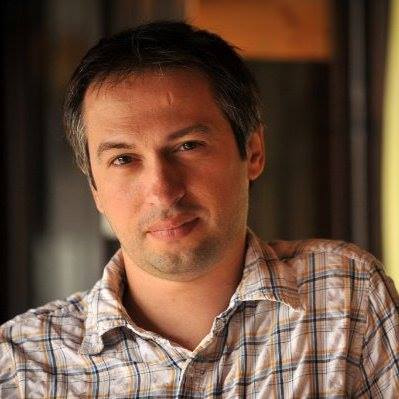
Brian Rasic: Taking photographs is a labor of love
Belgrade-born photographer to the stars has worked with artists from Amy Winehouse to David Bowie.
|22.02.2016
|

Nenad Georgievski
Nenad Georgievski is a music journalist, translator, English language teacher, an avid book reader, music collector, traveler, an author of several music documentaries, a proud parent.
This story was originally written in English.